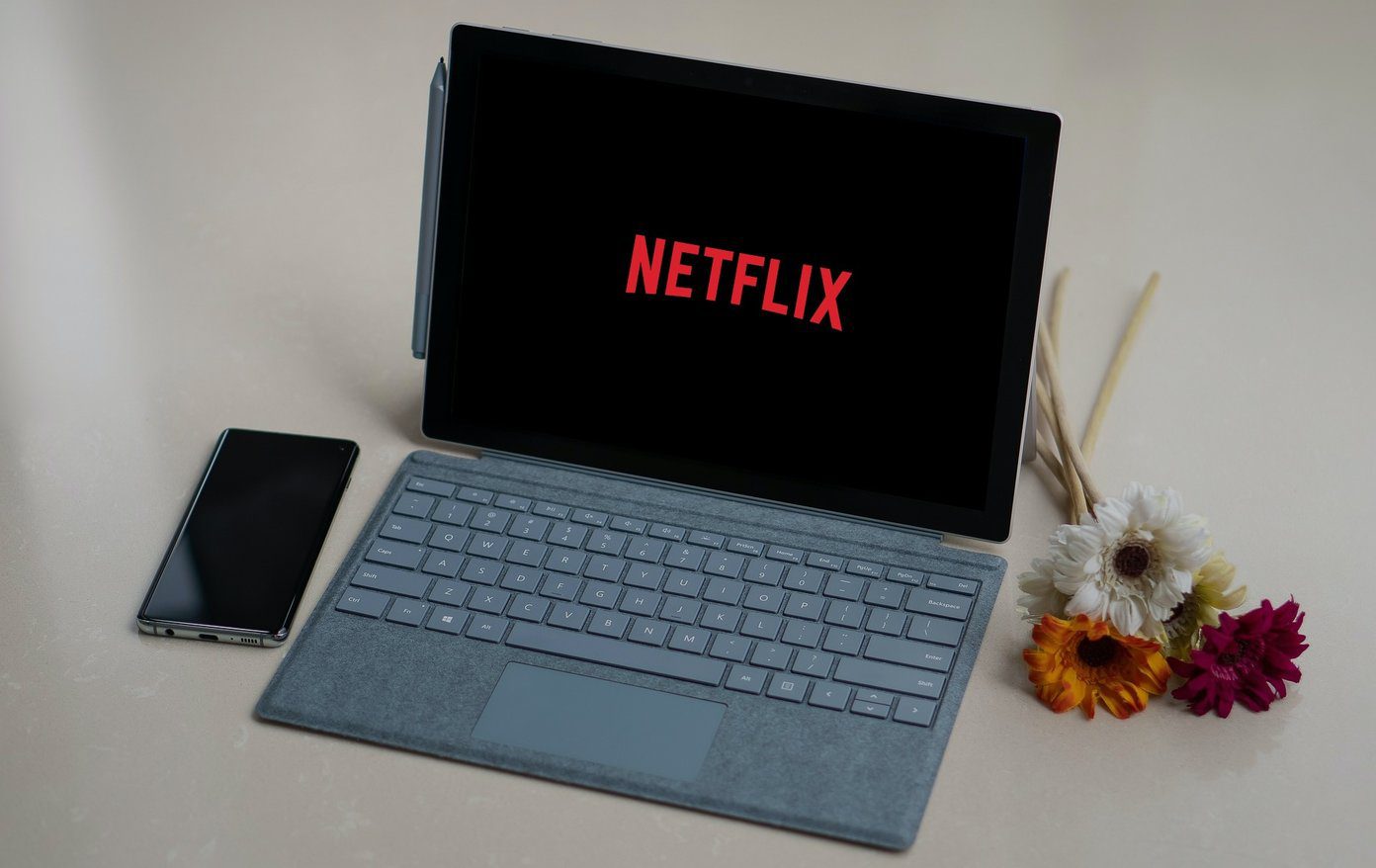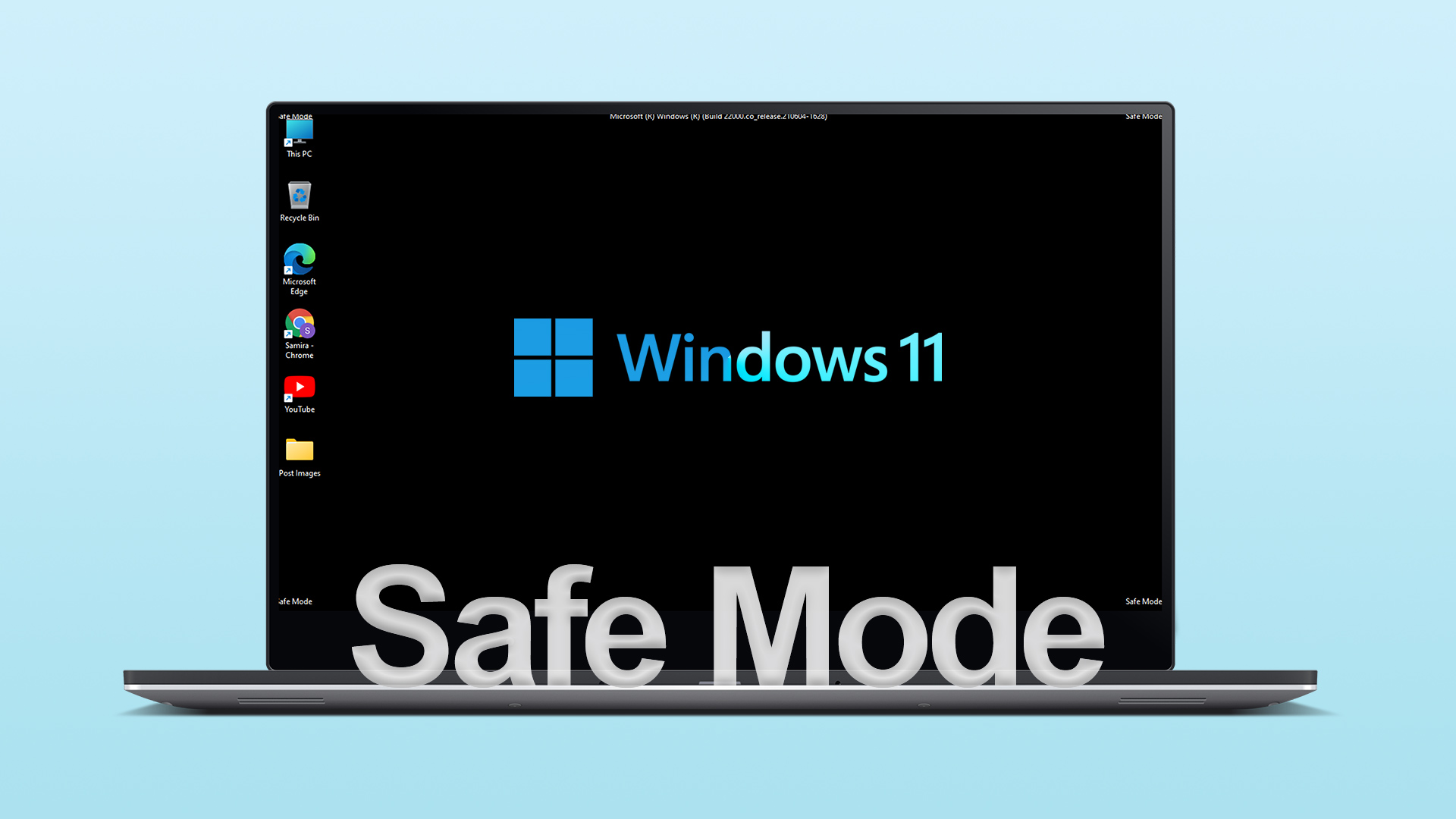Before we start, make sure you update your Windows 10 PC to the latest available version. The latest updates usually pack fixes for bugs. After that, you can move forward with these top 7 fixes for slow boot times with Windows 10.
1. Disable Fast Startup
Contrary to its name, the fast startup feature could potentially increase the boot time of your Windows 10 PC. Disabling it has worked for many. Here’s how to do it. Step 1: Click Start, and type in control panel in the Windows Search, and press Enter to open the Control Panel window. Select Power Options from the Control Panel. Step 2: Go to ‘Choose what power buttons do’ from the left-hand sidebar. Since you’ll need administrator permissions to disable the fast startup, click the text at the top that reads ‘Change settings that are currently unavailable’. Step 3: Finally, uncheck the ‘Turn on fast startup (recommended)’ box, followed by Save Changes at the bottom. By default, fast startup is enabled. Once you disable the fast startup option, try rebooting your PC to see if this solution resolves the issue. If it doesn’t, read on.
2. Disable Programs on Startup
Programs that automatically start up whenever your PC boots can slow down the boot process. Therefore, it’s wise to disable the unwanted programs to speed up the boot times on Windows 10. Step 1: Press Ctrl+Shift+Esc to open the Task Manager window. Click on the ‘More details’ button at the bottom and head over to the Startup tab. Step 2: Here, you’ll find a list of programs that automatically start whenever your PC boots up. Click on the unnecessary program and click on the Disable button at the bottom. Note: Avoid disabling the programs that you don’t recognize. Some of them might be an integral part of Windows OS. To be sure of what that program does, right-click on it and click Search online to find out more. Keep repeating the same process to disable all the unnecessary programs from starting up automatically. Once done, reboot your PC to see this method reduces the boot time.
3. Reset Virtual Memory
Windows 10 comes with a Virtual Memory feature that borrows some memory space from your PC’s hard disk along with the actual RAM to handle any unexpected load on your PC. Thus, increasing the size of the Virtual Memory allocated on your PC can help fix the boot issues. Here’s how. Step 1: Click Start, type advanced system settings in the Window Search, and hit Enter. Under the Advanced tab, click on Settings under Performance. Step 2: Again switch to the Advanced tab and click on Change under ‘Virtual memory’. Step 3: Uncheck the option ‘Automatically manage paging file size for all drives’. Now, select the primary drive where your OS is installed and choose ‘Custom size’. Set the initial size to the recommended value seen below and the maximum size to 3 times the size of your RAM. If your PC has 4GB RAM for instance (1GB = 1024MB), the maximum size should be 12,288MB. Then click on OK.
4. Turn Off Linux Terminal
Apart from the command prompt, Windows 10 also offers a Linux Terminal. Surprisingly, it reportedly slows down the computers of many. Disabling it might fix the slow boot issues. Step 1: Press Windows key + R to open the Run dialog. Now type in optional features and hit Enter. Step 2: In the Windows feature window, scroll down and uncheck the box that reads ‘Windows Subsystem for Linux’ and then click on OK. Step 3: Wait for the feature to be disabled and click on ‘Restart Now’. While it restarts, see if the boot time is reduced or not.
5. Update Display Driver
If you’re facing longer boot times followed by a black screen, then there may well be an issue with the installed display drivers on your PC. To solve that, you can try updating the display drivers by following the steps mentioned below. Step 1: Press Windows key + X and select Device Manager from the list. Now expand ‘Display adapters’ from the list. Then right-click on the graphics card’s name and select ‘Update driver’. Step 2: Select ‘Search automatically for drivers’ and wait for the process to complete. Now reboot your PC to see if the issue is resolved. If not, then try scanning your PC for any malware or viruses.
6. Check for Virus/Malware
Doing a quick scan of your Windows PC for viruses and malware is always a good idea when facing slow boot times or any other issue for that matter. If you already have an Antivirus installed, use that to scan your computer. If not, you can count on the built-in Windows Defender (now, Microsoft Defender) to do the job. To perform a quick scan on your PC using Windows Defender, go to Settings > Update & Security > Windows Security. Then click on ‘Virus & threat protection’. On your right-click on the ‘Quick scan’ button to scan for viruses on your computer. Once done, reboot your PC to see if the issue is resolved.
7. Reset Your PC
If you’ve exhausted all of your options, and still face slow boot times, then resetting your PC might well be your last option here. This will reinstall the Windows OS as well as default Windows programs on your PC from scratch. Step 1: To reset your PC, press Windows Key + I to launch Settings. Then tap on ‘Update & Security’. Step 2: Select the Recovery option from the left and under the ‘Reset this PC’ option, click on the ‘Get Started’ button. Step 3: Now select the ‘Keep my files’ option to commence the resetting process without losing your files. Note: Resetting your PC will remove all third-party applications, settings, and utilities.
Need for Speed
Slow boot times can be frustrating. Hopefully, one of the listed solutions has worked out for your PC and it is now back to normal booting speeds. To further speed up the process, you can try disabling the login password feature to access your desktop directly. The above article may contain affiliate links which help support Guiding Tech. However, it does not affect our editorial integrity. The content remains unbiased and authentic.














![]()







